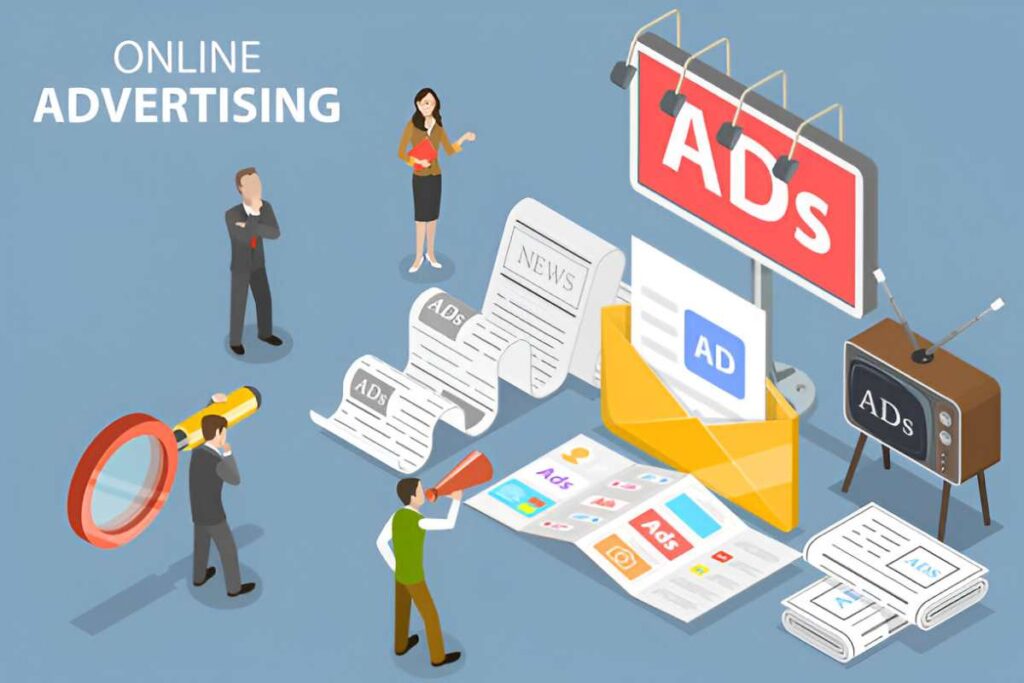Traditional marketing has taken a backseat in the age of digital everything. Or so it seems. But take a closer look, and you’ll see something surprising: it’s not gone. It’s gone local. In towns and neighborhoods across the country, businesses are finding that old-school tactics—think flyers, branded T-shirts, and signs—still pack a punch. The trick? They’re focusing on the community.
Table of Contents
Local Spending Shows Traditional Still Matters
Let’s talk numbers. According to BIA Advisory Services, U.S. local ad spending is projected to hit $171 billion in 2025. Almost half of that—48% to be exact—is still allocated to traditional media. That includes print ads, local radio, direct mail, and billboards.
And it’s not just forecasts. Gitnux reports that over 55% of ad spending in developed countries still flows into traditional media. Direct mail alone drives $45 billion annually in the U.S. That’s not a small change. Why? Because it works—especially when targeting specific communities.
Trust Comes From What You Can See and Touch
People trust what they can physically interact with. That’s part of why marketers are circling back to traditional channels. A Harvard Business Review article noted that traditional media like TV and print is regaining consumer trust. People are tired of being bombarded with digital ads they scroll past without a second thought.
Printed materials stick around. A flyer on a fridge. A brochure left at a coffee shop. These don’t vanish into browser history. They stay. And they remind me.
Community-Focused Apparel Builds Recognition
Have you ever seen a local bakery employee wearing a shirt with their logo at the farmer’s market? That’s not just style—it’s strategy. Branded apparel makes staff look professional and boosts brand awareness.
For businesses looking to step into wearable marketing, starting with blank hoodies is smart. Hoodies are comfortable and versatile and offer ample space for logos and messages. Whether it’s for a team event or daily wear, they’re walking billboards that people actually want to wear.
Signs That Make a Statement
Physical signage still does the heavy lifting, especially when it speaks directly to a local audience. Bright, bold banners placed strategically can do wonders for foot traffic and brand visibility. And when they’re tied to a cause or event the community cares about? Even better.
Businesses that invest in impactful community banners aren’t just advertising; they’re participating. They’re aligning themselves with neighborhood values and celebrations.
Case Study: Local Campaigns That Work
In a small town in Ohio, a local bookstore ran a “Back to School Bash” with printed flyers distributed at nearby schools, branded T-shirts for volunteers, and yard signs on busy corners. They promoted the event on Facebook, but the heavy lifting was offline. Result? A 30% boost in in-store sales that weekend.
Or take the 147,000+ farms that, according to USDA, used local marketing in 2020 to move $9 billion in direct farm sales. They didn’t rely on influencer campaigns. They relied on word-of-mouth, signs, booths at markets, and community trust.
Digital Tools That Boost Local Reach
Going local doesn’t mean ditching digital. The smart play is combining the two. Here’s how:
Google Business Profiles
These are essential for any brick-and-mortar business. A fully updated profile shows up in local searches, maps, and helps customers find hours, photos, and contact info quickly. It supports what your physical materials are already saying: “We’re here, and we care.”
Local SEO
Optimizing your site for local searches helps you show up when someone Googles “best florist near me.” Use city-specific keywords, collect local reviews, and embed maps. It’s digital back-up for your traditional tactics.
Social Media
A Facebook event flyer or an Instagram story about your banner going up around town keeps your digital audience in the loop. Tag local organizations. Share photos of your team in branded gear. Keep it conversational.
Why Local Visibility Builds Real Trust
It’s simple. People are more likely to trust and support a business they feel connected to. That connection often starts with visibility. Not just online, but on the streets where they live, shop, and spend their time.
A sign outside your store. A hoodie worn by a neighbor. A flyer in a church bulletin. These are subtle nudges that add up to familiarity—and loyalty.
Final Thoughts
Traditional marketing isn’t dead. It’s just found a new home in the neighborhood. From printed materials to branded clothing and community signage, these tools are thriving when used with intention. And when paired with digital tactics like local SEO and social media? They deliver.
If you want to build real trust, start close to home. Be seen. Be known. Be local.

